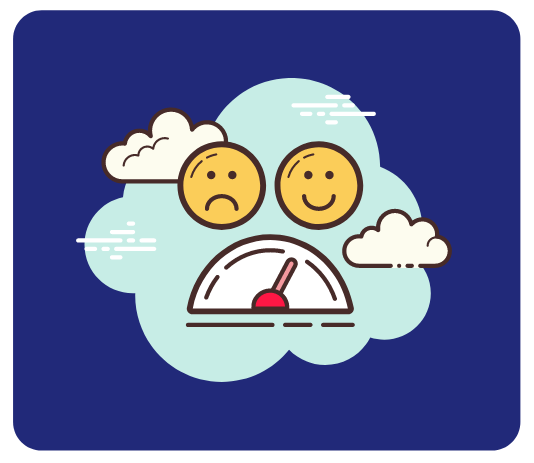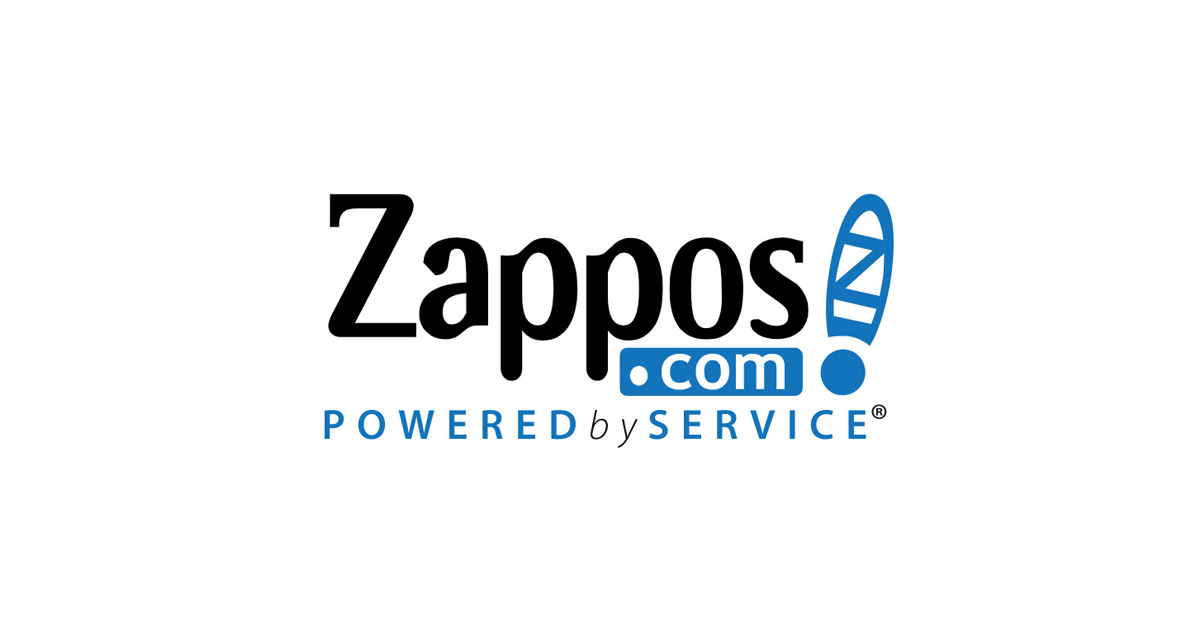A stunning headline on a 2020 Forbes.com article read “96% of Your Customers Will Leave You Due To Bad Customer Service.” The article went on to reveal that only 4% of customers are “completely unwilling to leave” a company after a bad customer service experience. The harsh reality is that the majority of your customers may not be forgiving of your brand if they have a negative experience. Your customer’s expectations are changing. Are you keeping up? We have some insights to share to help make sure you do.
With perhaps only a small number of truly loyal customers, how can you ensure that the others become fans that stay with you for years to come? You have to find out what they want, then exceed their expectations.
Here’s what today’s customers expect:
Helpful information on your website
Often, the first place a customer will look for assistance is your website. Make sure that they find what they are looking for, whether that is information they can use to self-serve their issue or highly visible information on the ways they can reach customer service.
Multi-Channel Support
Long gone are the days of handwriting a letter to a company to reach its’ customer service department. Multi-channel support is here to stay. You’ll reach different types of customers by including phone, live chat, social media, and email-based support. One way to look at this support strategy is making sure that you are where your customer is. If they are on Facebook, you should be too, etc.
User-Friendly Technology
Be sure that any tech interface (such as your native app or live chat client) you incorporate is user-friendly, even to older customers. If your design is hard to use, rethink what your customer experiences and keep it simple to navigate.
Friendly Greeting
Customers appreciate a friendly voice and greeting. It begins the service experience on a positive note, especially when your customer may be frustrated, disappointed, or angry that they are having to reach you. Using positive language and a friendly tone when speaking will go a long way to keep things calm.
Agents Who Listen
When customers reach out to you, they expect to only explain their issue once. No one wants to repeat themselves. Even if you need to ask additional questions to get all of the information needed to resolve things, listen to their problem and go from there.
Agents That Speak the Same Language and Are Accent Neutral
One of the most commented-on customer frustration is when there is difficulty understanding the agent. Sometimes it is hard to understand the agent because of a heavy accent, or it could also be because the customer understands better in a different language than the agent is speaking to them. Having bi-lingual agents can help remove the language barrier.
You To Remember Previous Interactions
If the customer has needed to contact your service department before, having a record of that call or live chat can be helpful, especially if the original issue was not resolved during the first contact. Having an up-to-date customer record helps the next agent know what was tried before and also prevents the customer from having to repeat too much detail.
To Feel Valued
We’ve all been on a customer service call or live chat that felt like it ended too quickly. The agent (or chatbot) heard a few keywords and decided they could send you a few links from a wiki and that you could read and solve the issue on your own. Then shortly after receiving the links that, of course, don’t help your exact issue, you find yourself reaching out to another agent to find more help.
This is what happens when agents don’t value each customer. If the agent had been listening to the customer, their unique problem and stayed on the call, the issue might have already been resolved (for real). Customers today expect to feel valued through the process and not just a tally on a resolution goal board.
Knowledgeable Agents So The Call Isn’t Transferred.
By the time a customer has navigated the phone menu and reached an agent. They expect that agent to be knowledgeable on their issue. When the agent isn’t able to resolve the call on their own, oftentimes calls will be transferred to the next tier or perhaps to an outside translation service, then the customer ends up needing to repeat the issue and all the info they just told the other agent. (See where customer frustration can build?)
A good rule is if the customer has reached an agent, that agent should be continually trained and updated so they can use that knowledge to quickly solve problems. If the customer asks to speak Spanish, be sure the first agent that they reach speaks their language.
Keep customer data safe
Today’s companies are trusted to handle lots of different types of personal data – financial information, healthcare records, and other personal customer information from all channels. Your customer fully expects you to keep their data secure. All their data. Have your contact center (or outsourcer) participate in security protocol programs like PCI and HIPAA and work to achieve compliance. Develop documentation on active security protocol, and don’t have lapses in updates and/or security patches. History has shown that data breaches can be devastating to a company, both in reputation and financially. If your company or contact center is not heavily invested in data security, then you are asking for trouble.
To Not Wait On Hold
Time is money, right? The truth is no one likes to wait…for much of anything. Your customer is no different. This expectation relates to wanting to feel valued. An interesting way to prevent your customer from being put on hold to “wait for the next available agent” is to use a call-back system that allows your customer to hang up or disconnect from your customer service department to do something else, then when an agent is available to assist them, the agent will dial their number back. No waiting on hold. One potential problem with this feature is if the customer is unavailable (or if the ringer is on silent) when the return call is made, the customer will need to reach out again.
It’s safe to say that today your customer expects more from you than ever. If your contact center is in-house or even if you currently have an outsourcing partner, make sure you are meeting and exceeding your customer’s expectations. Centris works with partner companies to do just that. For over 30 years, we’ve been providing excellent multi-channel, bi-lingual service for a wide variety of industries including retail, insurance, and healthcare, to name a few. We are proudly PCI and HIPAA compliant, which demonstrates our dedication to data security. If you’re thinking of changing outsourcers or are interested in partnering with a professional contact center, reach out to us at ku***@*********fo.com. We’d love to talk with you and see how we can help your business.




